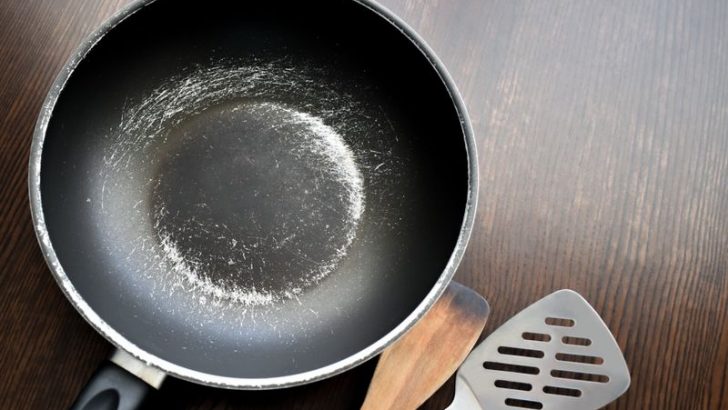In today’s world, our homes are filled with items designed to make life easier and more comfortable. However, many common household items contain substances that can pose health risks, often without our awareness. From the pans we cook our meals in to the furniture we relax on, these everyday objects can be linked to a variety of health problems. Understanding these potential hazards is crucial for making informed choices and creating a healthier living environment for ourselves and our families. Here are twelve household items that may be affecting your health in ways you never suspected.
1. Non-Stick Cookware
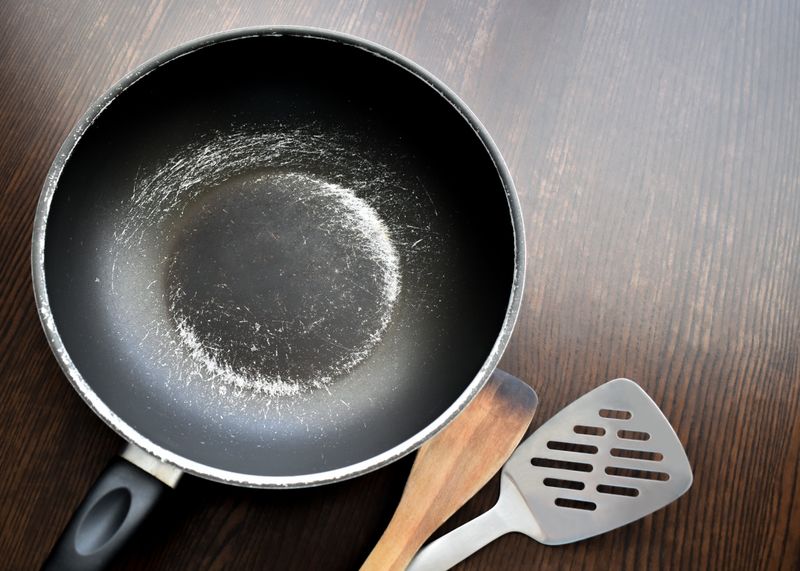
Sizzling on the stove, non-stick cookware is a staple in many kitchens. Coated with polytetrafluoroethylene (PTFE), these pans make cooking and cleaning effortless. But beware, overheating can release toxic fumes. Inhalation of these fumes may cause flu-like symptoms, known as polymer fume fever. Long-term exposure has been linked to more severe health issues. To mitigate risks, use these pans at lower temperatures and ensure proper ventilation. Consider switching to alternatives like cast iron or stainless steel. Did you know? Teflon, a popular PTFE brand, was accidentally discovered by Dr. Roy Plunkett in 1938.
2. Air Fresheners
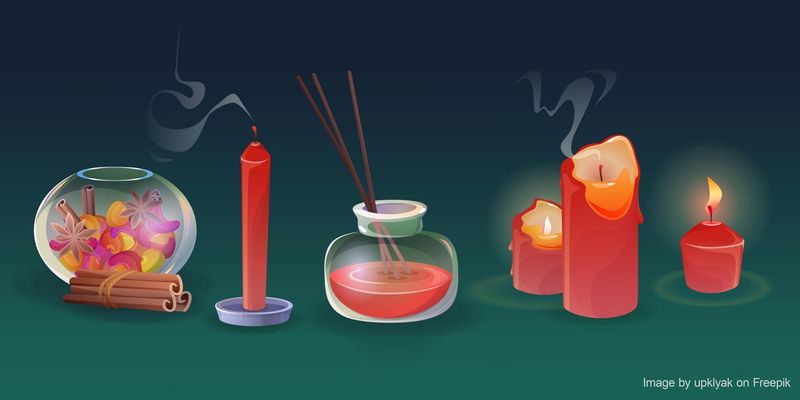
Air fresheners promise a breath of fresh air but often deliver a dose of chemicals. Many emit volatile organic compounds (VOCs) like formaldehyde and benzene. These substances can irritate the respiratory system and may contribute to severe health concerns. For a safer home, opt for natural alternatives such as essential oils or potpourri. Did you know? Some air fresheners can also trigger asthma attacks. The fresh scent might mask odors, but it doesn’t eliminate them. Always ensure your space is well-ventilated to reduce exposure to these hidden hazards.
3. Plastic Food Containers

Plastic food containers are ubiquitous in kitchens, offering convenience for storing leftovers. However, certain plastics can leach harmful chemicals like bisphenol A (BPA) and phthalates into food. This is particularly concerning when containers are heated. These chemicals can disrupt hormonal systems, posing risks to reproductive health. Consider using glass or stainless steel alternatives. Did you know? BPA was first synthesized in 1891 but gained notoriety for its potential health effects. Always look for BPA-free labels when choosing plastic containers to safeguard your health.
4. Cleaning Products
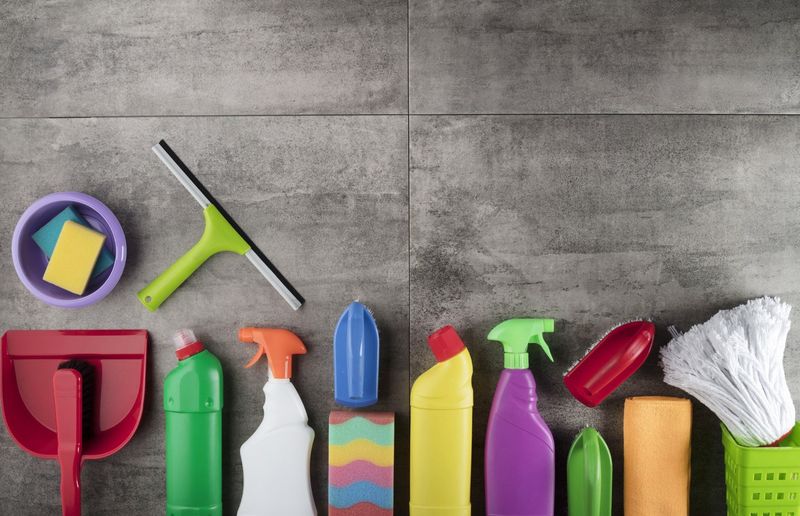
While cleaning products promise a sparkling home, many come with hidden dangers. Conventional cleaners often contain harsh chemicals like ammonia and bleach. These substances can irritate the skin, eyes, and respiratory tract. Prolonged exposure may lead to more severe health issues. To minimize risks, use products with natural ingredients or make your own cleaners using vinegar and baking soda. Did you know? Some common household disinfectants can contribute to antibiotic resistance. Read labels carefully and use these products in well-ventilated areas to protect your health.
5. Scented Candles

With their warm glow and pleasant aroma, scented candles create a cozy ambiance. However, those made from paraffin wax can release harmful substances like toluene and benzene. These are known carcinogens that can significantly reduce indoor air quality. Consider candles made from beeswax or soy as safer alternatives. Did you know? The soothing scent might come with health costs. Always ensure good ventilation when burning candles and trim wicks to reduce smoke. These simple steps can help maintain a healthier home environment without sacrificing comfort.
6. Upholstered Furniture
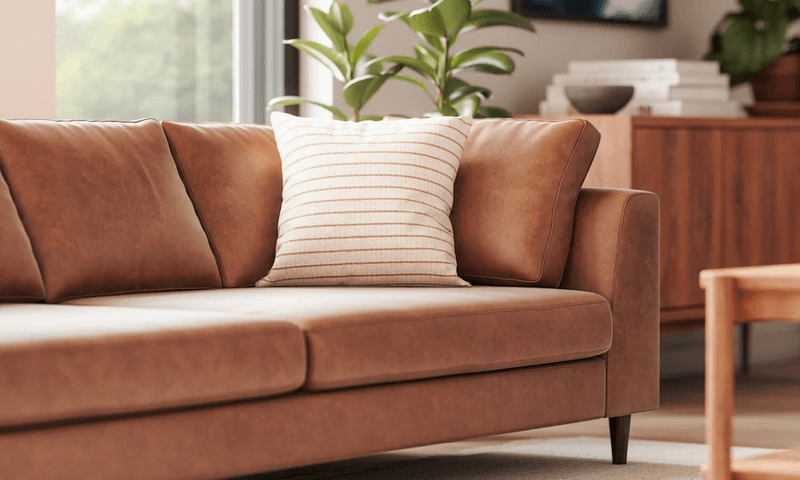
Plush and inviting, upholstered furniture makes homes comfortable yet might conceal hidden health threats. Many pieces are treated with flame retardants to meet safety standards, but these chemicals can release into the air. Prolonged exposure contributes to indoor air pollution. To reduce risks, look for furniture labeled as free from harmful chemicals. Did you know? Flame retardants have been linked to thyroid and developmental issues. Regularly vacuum and clean furniture with a HEPA filter vacuum to minimize dust accumulation. This ensures a safe and clean living space.
7. Shower Curtains
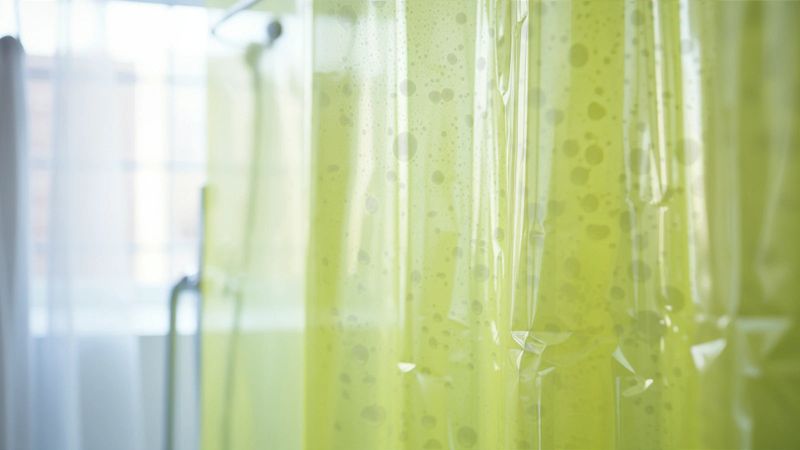
Colorful and waterproof, vinyl shower curtains are a common bathroom feature, yet they can off-gas volatile organic compounds (VOCs) and phthalates. These substances may affect air quality and have been linked to hormonal imbalances. Consider switching to cloth or PEVA alternatives. Did you know? The smell of a new shower curtain is often due to off-gassing. To reduce exposure, air out new curtains outside before use. Simple changes in your bathroom can lead to a healthier home environment. Keep an eye out for eco-friendly options when shopping.
8. Water Bottles
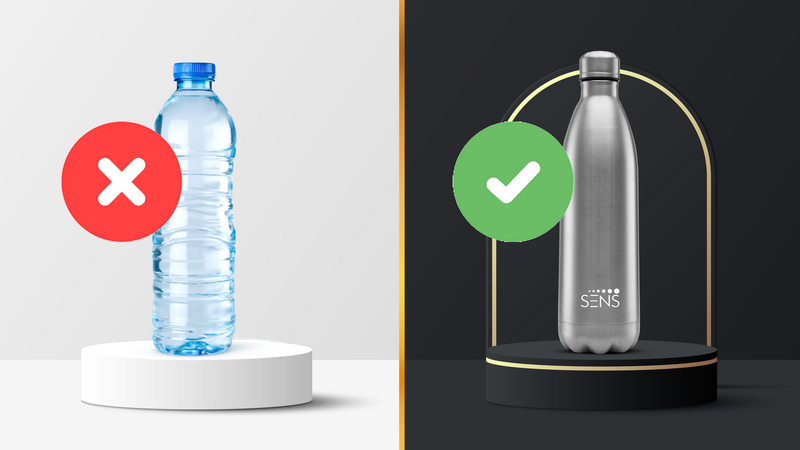
Reusable plastic water bottles are environmentally friendly, yet not always health-friendly. Bottles not labeled BPA-free may leach chemicals into water, especially when heated. These chemicals can interfere with hormonal regulation. Opt for stainless steel or glass bottles as safer alternatives. Did you know? The first reusable plastic bottles were introduced in the 1960s. Always check labels and avoid exposing bottles to heat. Making conscious choices about everyday items can lead to significant health benefits over time.
9. Mold
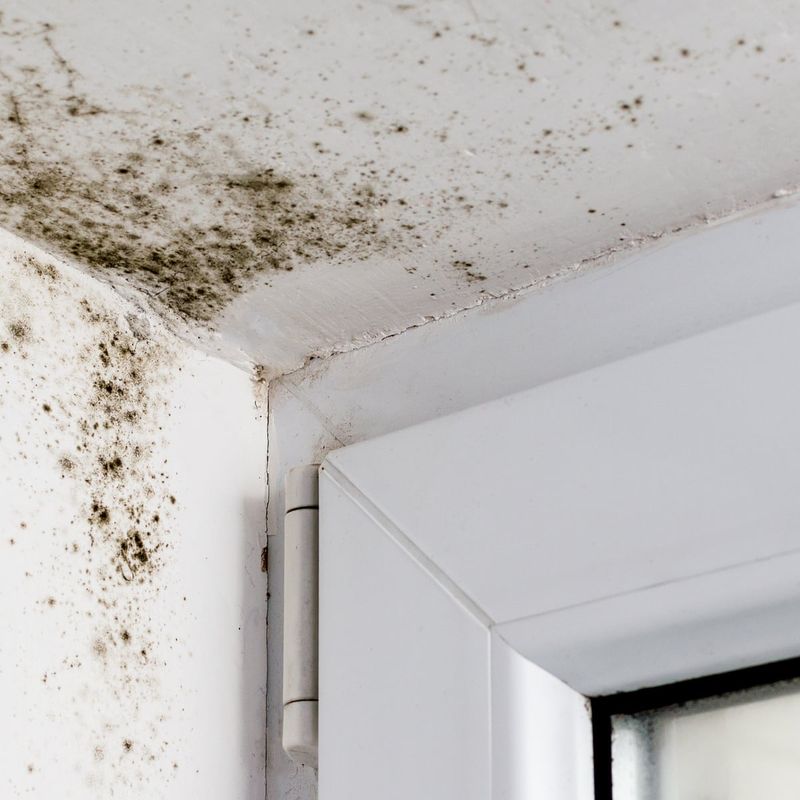
Mold thrives in damp, poorly ventilated areas, presenting a hidden danger in many homes. It can trigger allergic reactions and respiratory problems. Black mold, producing mycotoxins, poses even greater risks with prolonged exposure. Regularly inspect and maintain areas prone to dampness. Did you know? Some molds can grow within 24-48 hours in suitable conditions. Use dehumidifiers to control moisture levels and ensure proper ventilation to prevent mold growth. Taking these steps can greatly improve indoor air quality and protect health.
10. Old Paint
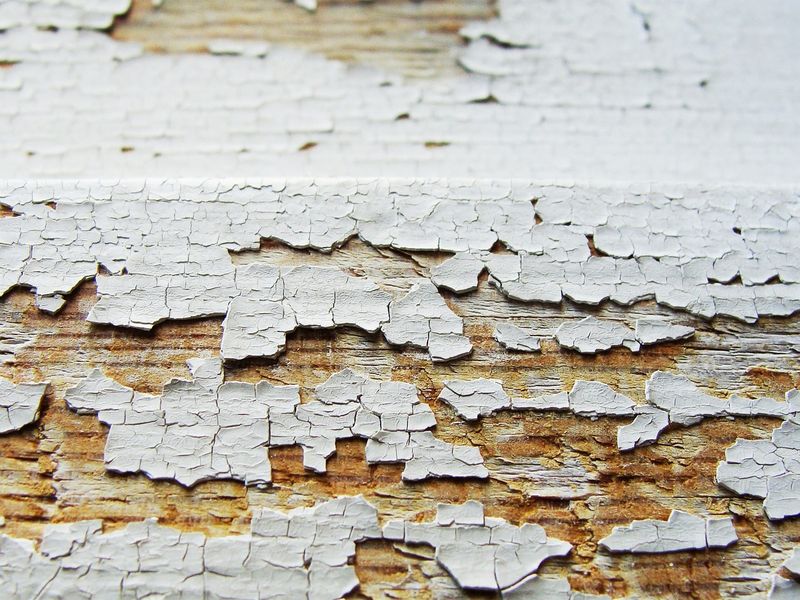
In homes built before 1978, old paint may contain lead, posing serious health risks especially for children. Lead exposure can cause developmental and neurological issues. If renovating, it’s crucial to test for lead and take proper precautions. Did you know? Lead paint was prized for its durability before its dangers were understood. Always hire certified professionals to handle lead paint removal. By being aware and proactive, you can ensure a safe environment, maintaining the charm of older homes without compromising health.
11. Carpets
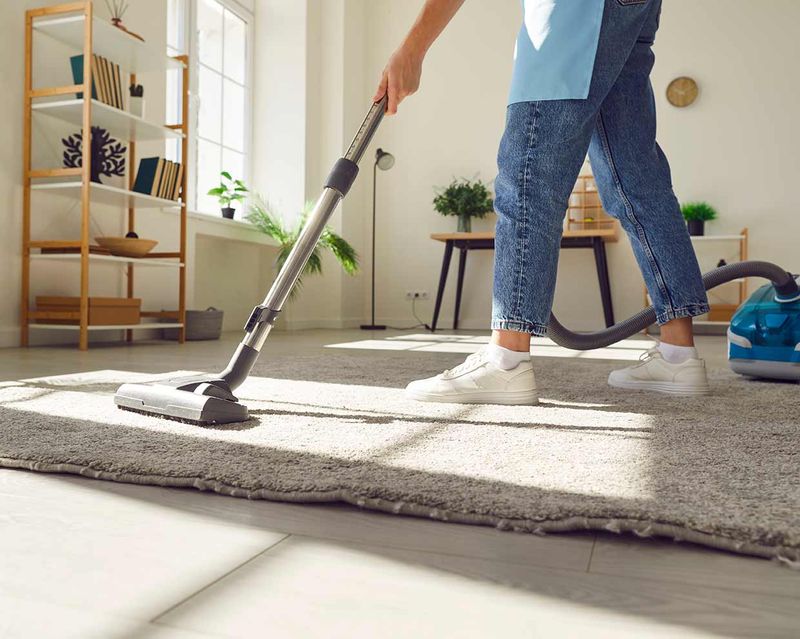
Soft underfoot, carpets add warmth and comfort to homes. However, they can harbor dust, allergens, and chemicals from manufacturing. These can aggravate respiratory conditions and allergies. Regular vacuuming and cleaning with non-toxic products are essential. Did you know? New carpets can release VOCs, a process known as off-gassing. To minimize exposure, ensure rooms are well-ventilated during and after installation. Consider carpets made from natural fibers. Thoughtful choices and maintenance can make your home a healthier place to live.
12. Mattresses
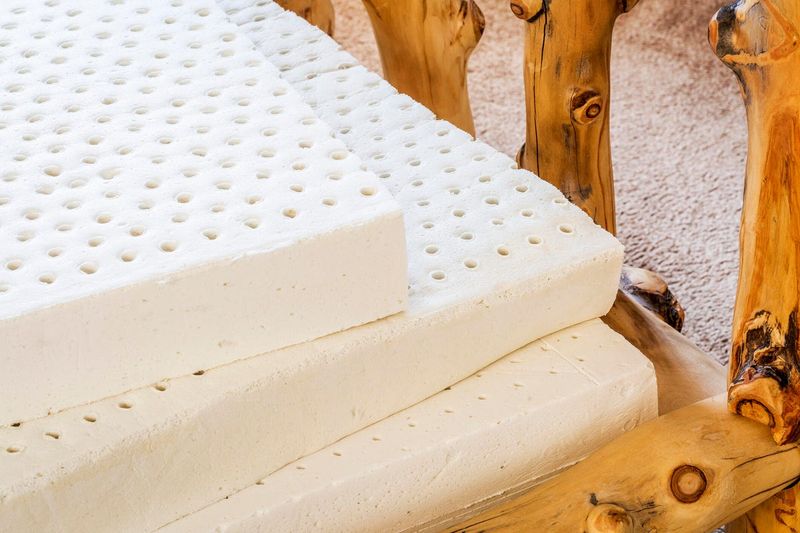
A place of rest, mattresses can also be a source of health concerns. Many are made with chemicals like flame retardants and VOCs, which can off-gas into the air. These substances have been linked to health issues over time. Choosing organic or chemical-free mattresses reduces exposure. Did you know? The average person spends one-third of their life sleeping. Regularly airing out and cleaning your mattress helps maintain a healthy sleeping environment. By investing in safer bedding, you enhance both comfort and well-being.

Well, hello there!
My name is Jennifer. Besides being an orthodontist, I am a mother to 3 playful boys. In this motherhood journey, I can say I will never know everything. That’s why I always strive to read a lot, and that’s why I started writing about all the smithereens I came across so that you can have everything in one place! Enjoy and stay positive; you’ve got this!

